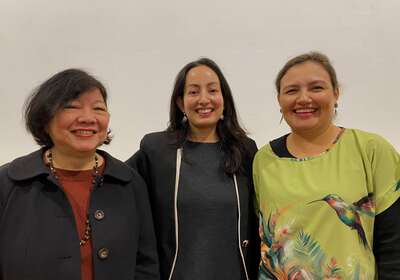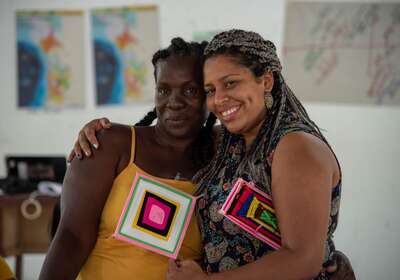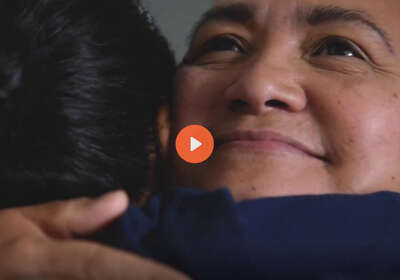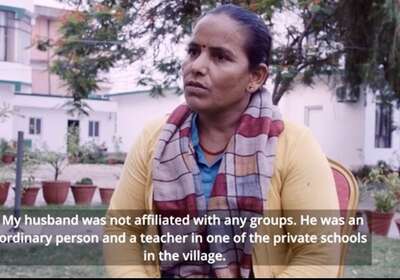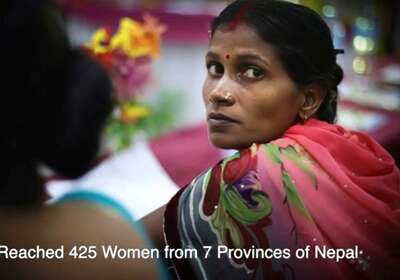We have been organising Women's Peace Tables with our local partners since 2015, with the aim of strengthening women's participation in peace processes and making their peace work visible. They have become a proven instrument for achieving these goals.
In the pilot phase from 2015 to 2017, we organised 60 Women's Peace Tables worldwide together with our partners. Originally, they were intended to complement formal peace processes to bring women's voices and perspectives into negotiations and post-conflict reconstruction. They were also conceived as an annual campaign held mainly in capital cities.
Based on the positive experiences and lessons learned from the pilot phase, we designed a longer-term programme of annual local, regional and national Women's Peace Tables with Comunitar in Colombia, Nagarik Aawaz in Nepal and the GZO Peace Institute in the Philippines. The goals are to reach more women from remote areas, to provide more space and time for in-depth exchanges at smaller meetings, and to take the lessons learned from the local and regional events to the national Peace Tables.
We have already used this method in shorter-term projects in countries such as Pakistan and in the Ukraine programme launched in 2021.
What happens at a Women's Peace Table?
They are a needs-oriented instrument: they create safe spaces where participants can network, exchange experiences from wars and armed conflicts and, among other things, gather knowledge about their rights as laid down in peace agreements or receive psycho-social support in workshops and training sessions.
An important goal is that women affected by war and armed conflict know their rights and can demand them as a collective to ensure that their demands are included in peace processes and their voices are heard.
The participants are predominantly women but depending on the context and goal of a Women's Peace Table, men and decision-makers at times also participate to win them over as multipliers for the concerns and demands formulated at the Women's Peace Tables and to contribute to social and structural change in countries and regions affected by conflict.
